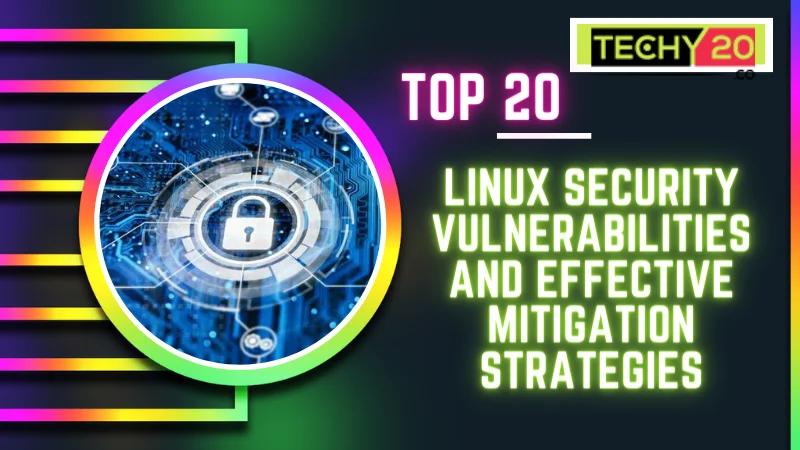Linux, like any operating system, is not immune to security vulnerabilities. As the popularity of Linux grows, it becomes increasingly important for users to address and mitigate risks. This article will explore the 20 security vulnerabilities in Linux and offer detailed strategies to reduce them effectively.
1. Unpatched Vulnerabilities
One common security vulnerability in Linux is the failure to apply patches and updates. Updating your Linux operating system and software to protect against known vulnerabilities is crucial. Stay up-to-date with security updates—and patches so your design remains safeguarded against threats. You can simplify the patching process using tools like package managers or automatic update features.
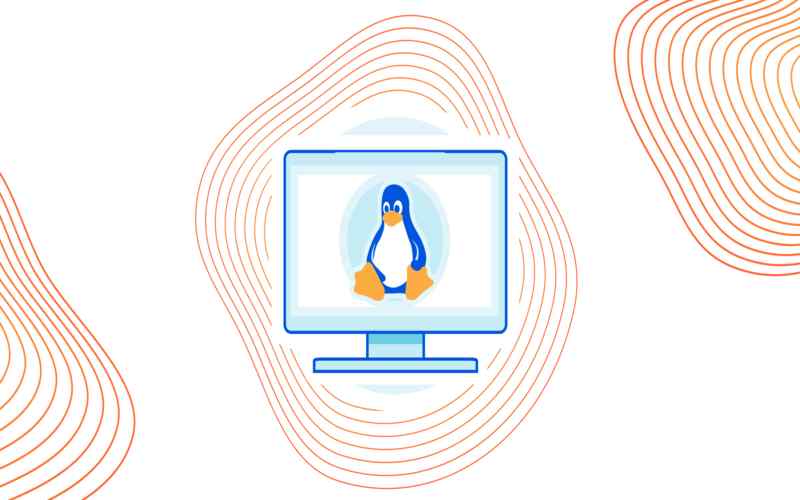
2. Weak Passwords
Weak passwords pose a security risk. Users often choose passwords or reuse them across multiple accounts. Strengthening password complexity requirements and implementing password policies can significantly enhance security measures. Encourage users to create passwords that combine lowercase and uppercase letters, numbers, and special characters. Additionally, consider adding a layer of protection by incorporating factor authentication.
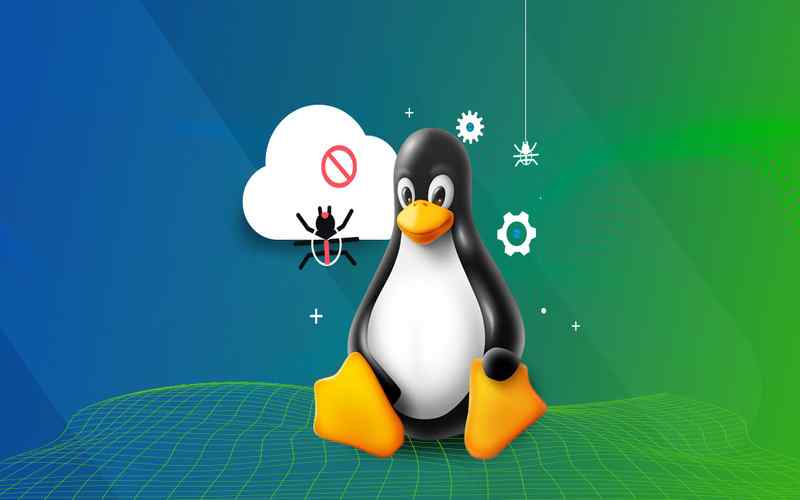
3. Default System Settings
Many Linux distributions have default system configurations that may leave your system vulnerable. Reviewing and updating these default settings to ensure security for your system is essential.

4. System Security Measures
It’s crucial to make changes if you want your Linux system to be more secure. It includes enabling security measures like SELinux or AppArmor, blocking services, and altering the default passwords. These steps aid in the enforcement of access restrictions. Limit your activity.
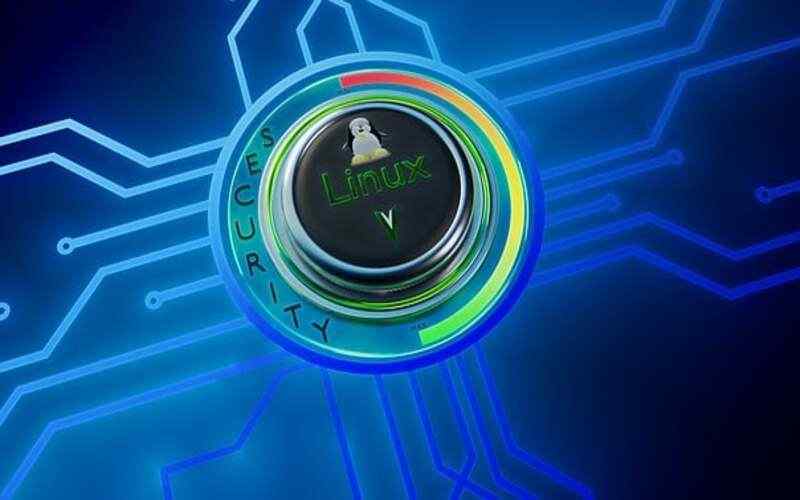
5. Safeguarding Against Network Exploits
It’s crucial to be aware of network services, as individuals can exploit them to gain access to your Linux system. Restricting network services to only what is necessary and employing secure communication protocols (such as SSH instead of Telnet) is critical. Review and turn off any unnecessary services to minimize the attack surface and protect against potential attacks.

6. To Ensure The Security Of Linux Systems
It is crucial to avoid insecure configurations. Follow practices and guidelines from sources to configure your system correctly. Turn off any services, remove default or unused accounts, and establish file permissions to limit access to sensitive data and system resources.
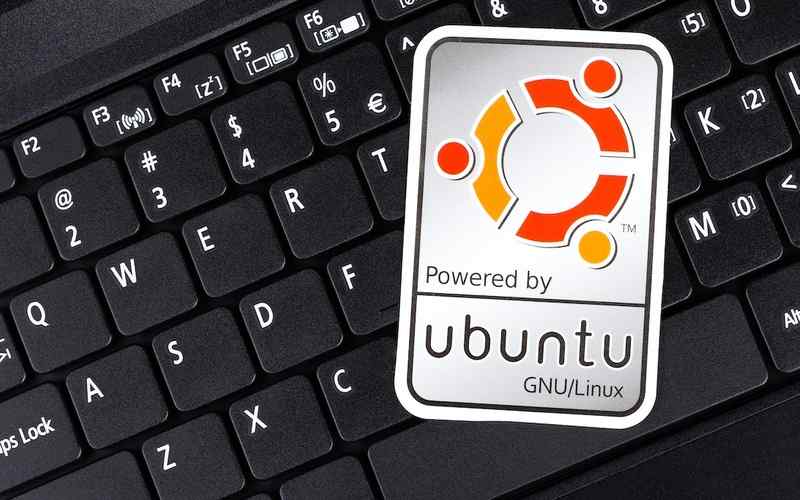
7. Mitigating Risks From Software Sources
Another potential vulnerability is using third-party software from sources or outdated repositories. Use only reputable software installers to reduce this danger. Update them frequently. Examine the installed program list regularly. Get rid of any software to reduce the risk of intrusions.
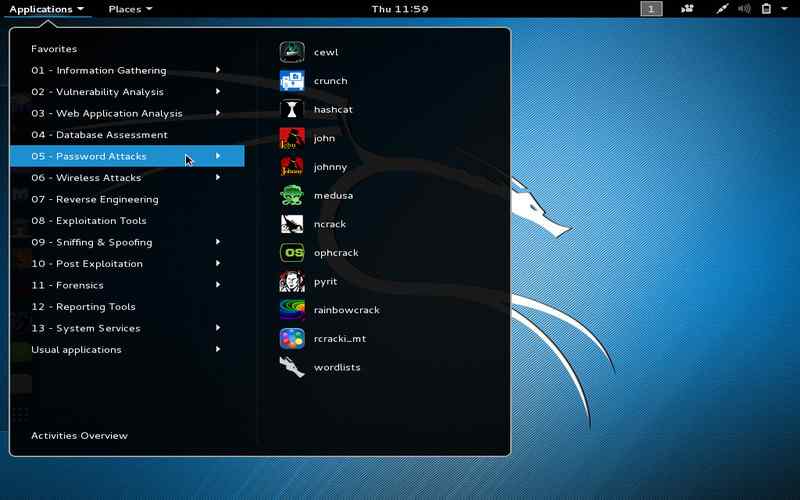
8. User Permission Management For Security
Proper user permission management plays a role in preventing access and data breaches. Implement user and group permission management strategies that limit access privileges. Please adhere to the privilege principle when assigning access rights, ensuring that users only have permissions for their tasks. Regularly review user permissions. Revoke any privileges.
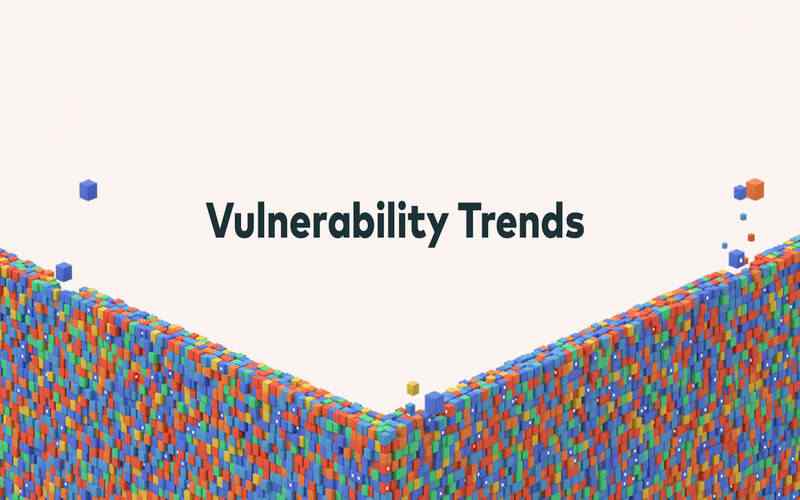
9. Combatting Unauthorized Access
Unauthorized access is a threat that can lead to data breaches, system compromises, and other security incidents on Linux systems. To combat this issue, employ authentication measures such as passwords or key-based authentication for user authentication and authorization purposes. Stay vigilant by monitoring log files for signs of access and promptly investigate any activities.

10. Be Aware Of Malware Risks On Your Linux System
Linux is generally less vulnerable to malware than other operating systems. It is not entirely immune. Install and regularly update malware software to identify and block any potential threats. It’s also essential to scan your Linux system for malware and ensure that your anti-malware tools are always up-to-date. Additionally, practice safe browsing habits and caution when downloading or executing files from untrusted sources.
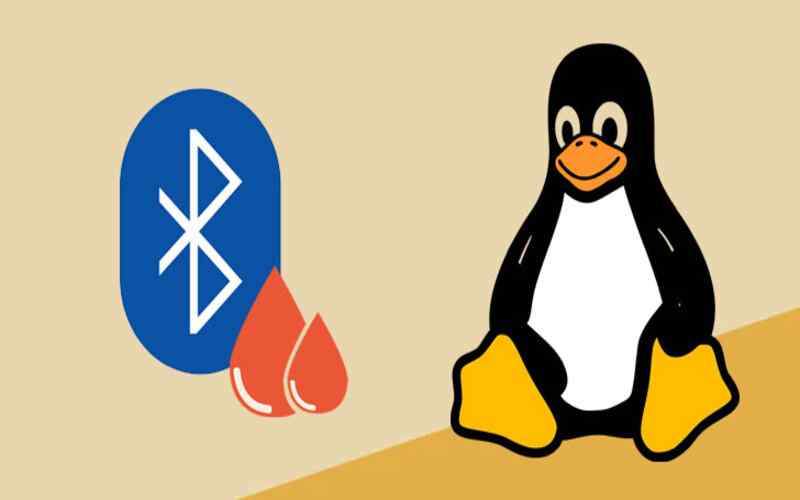
11. Social Engineering
Attackers often employ engineering and phishing tactics to compromise systems. It is crucial to educate users about these threats and provide guidance on identifying and responding to phishing attempts. A robust security awareness program should emphasize safeguarding information and caution when encountering links.
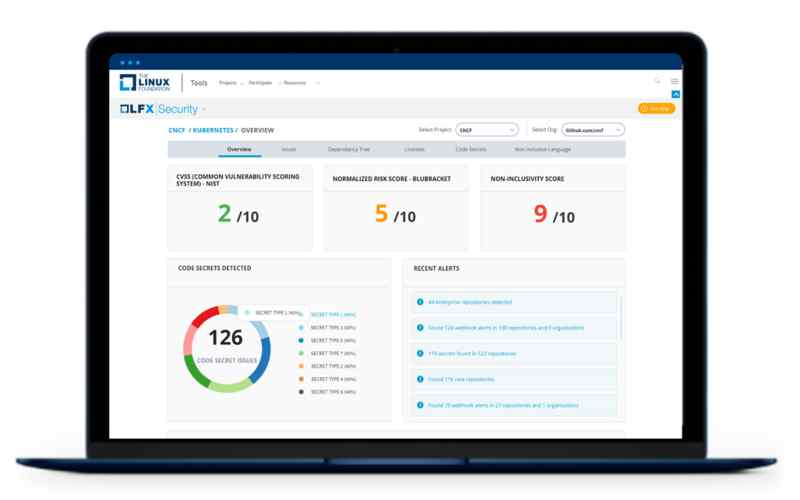
12. Inadequate Physical Security
Physical security measures Play a role in protecting Linux systems. Implementing measures such as securing server rooms using cabinets and limiting access to authorized personnel can significantly enhance security. Regular monitoring of access points is essential to ensure any suspicious activities.
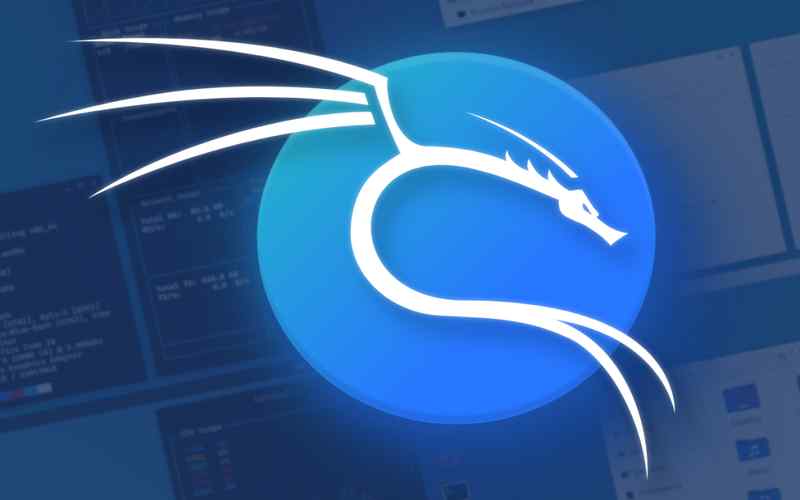
13. Insufficient System Monitoring
Monitoring your Linux system is crucial for identifying misuse or unauthorized access. A system monitoring solution will enable detection and response to potential security incidents. Reviewing system logs, network traffic, and user activities is essential. Additionally, consider implementing intrusion detection and prevention systems (IDS/IPS) or utilizing security information and event management (SIEM) tools for monitoring capabilities.
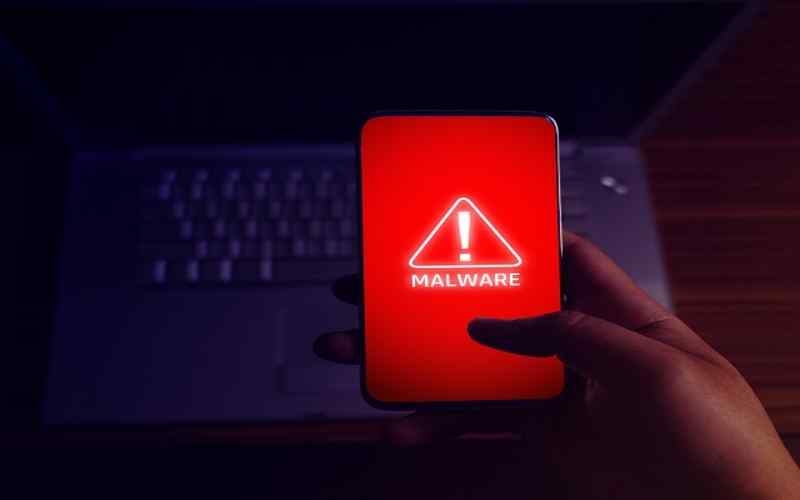
14. Misconfigured Firewalls
Firewalls serve as a defense against threats on your Linux system. However, misconfigurations can inadvertently expose vulnerabilities. Block traffic. Configuring your firewall by allowing necessary traffic while blocking unnecessary ports is essential. Make sure to review and keep your firewall rules up-to-date. Additionally, closely monitor the firewall logs for any signs of behavior or unauthorized attempts to access your system.
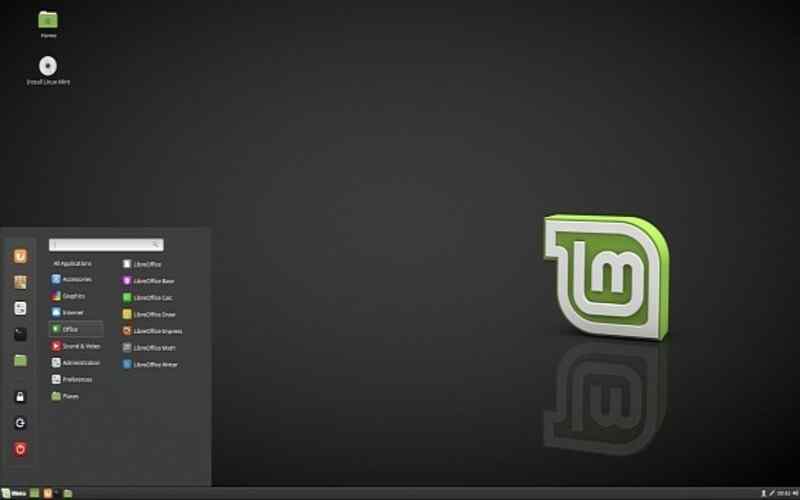
15. Securing Remote Administration For Linux Systems
Regarding management, it’s crucial to be cautious regarding Linux systems that require remote control for administrative purposes. If not adequately protected, this can expose security vulnerabilities. Implement robust authentication mechanisms, such as key-based authentication, and limit the use of remote management tools to minimize attack opportunities.
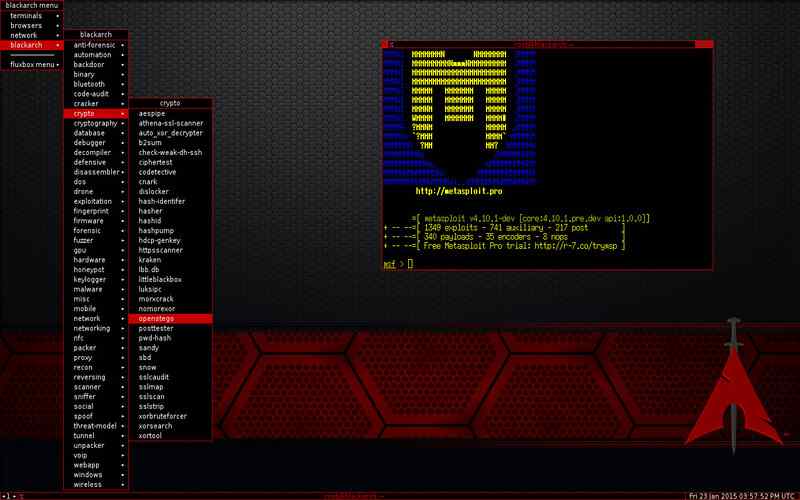
16. Spoofing Attacks
Be cautious of IP and MAC address spoofing attacks, as they can trick systems and allow access. Make sure to take measures to safeguard against these types of attacks. Utilize technologies like ARP spoofing prevention and snooping IP source verification, and implement network access control measures to ensure the security of your network infrastructure. it’s important to implement techniques that limit the number of attempts allowed and enforce lockout policies. Keep an eye on login attempts. Set up account lockouts after a certain number of failed login attempts. It will help minimize the risk of brute-force attacks.

17. Site Scripting
One common vulnerability known as site scripting (XSS) enables attackers to insert harmful code into web applications, putting user data at risk. To prevent XSS attacks, incorporate validation and filtering mechanisms. Properly encode user-generated content and employ security frameworks that protect against XSS vulnerabilities.

18. Zero-day Exploits
Stay updated on security threats and vulnerabilities by monitoring trusted sources of security advisories. Utilize vulnerability intelligence services and threat intelligence feeds to stay informed about emerging threats. It is crucial to establish incident response procedures so that any zero-day exploits may arise.
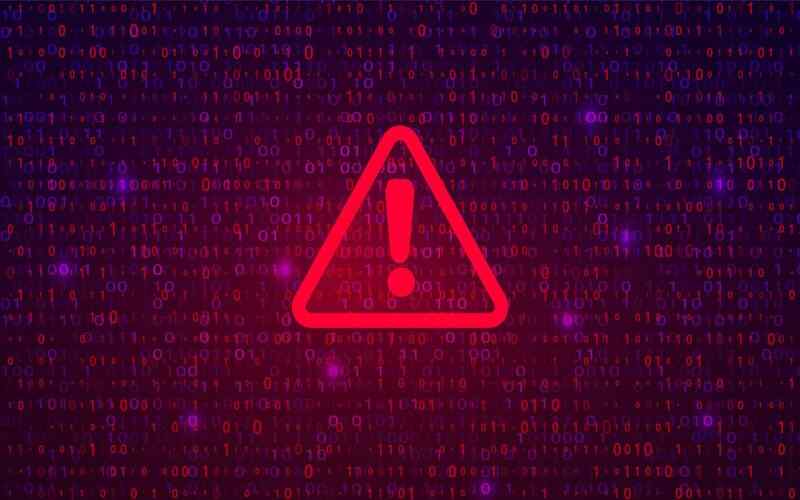
19. SQL Injections
Guard against SQL injections, an attack method leading to data breaches and unauthorized access. Implement input validation techniques along with queries to prevent SQL injection attacks effectively. Use security libraries and frameworks with built-in defenses against these kinds of attacks.

20. Denial Of Service (DoS) Attacks
DoS attacks have the potential to disrupt the accessibility of your Linux system, making it unavailable to legitimate users. It is imperative to have precautions, such as rate limitation, traffic filtering, and DoS prevention tools, to reduce the likelihood of DoS assaults on network traffic, and employing detection mechanisms that can identify and respond effectively to any DoS attacks is also crucial.

Conclusion
Securing a Linux system requires a comprehensive approach. By addressing the 20 security vulnerabilities in Linux, as discussed in this article, users can significantly reduce their exposure to common security threats. Remaining vigilant by updating software and patches, enforcing authentication measures, educating users about social engineering risks, and implementing reliable monitoring and incident response procedures are essential for maintaining a secure Linux environment. Following these steps can safeguard your system and data from security breaches.

